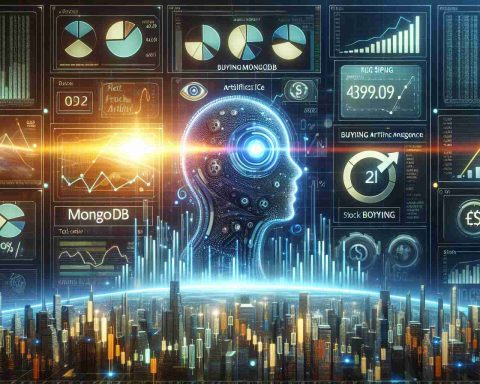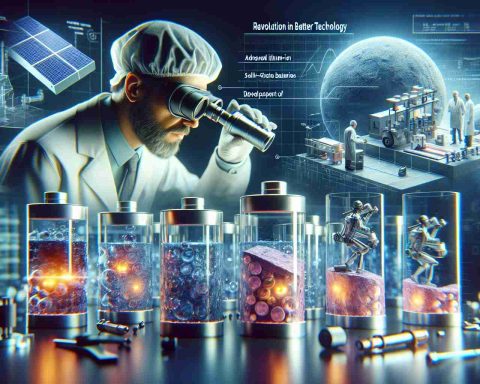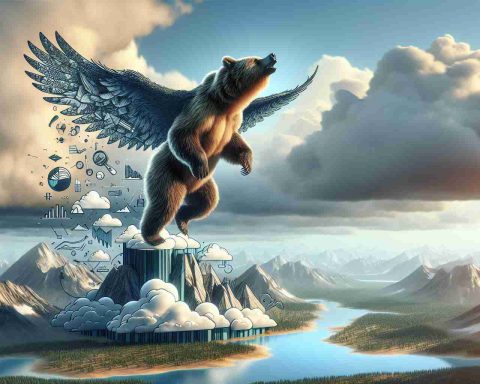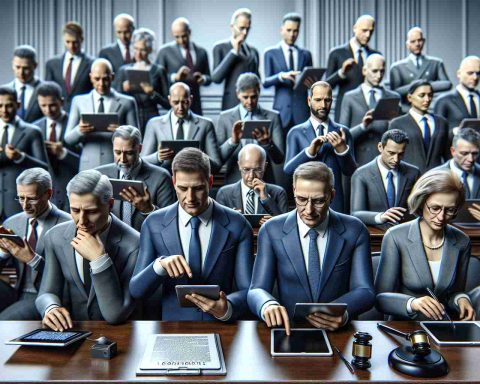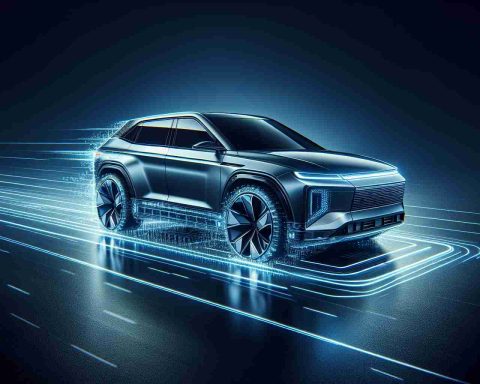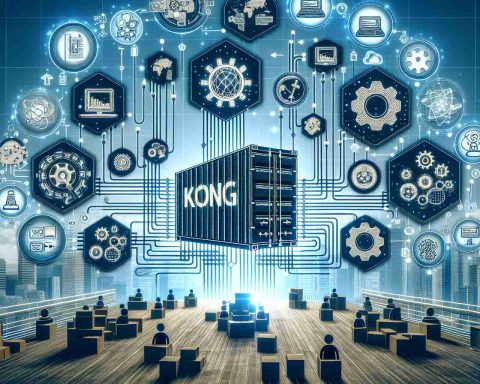As artificial intelligence continues to evolve at an unprecedented pace, curiosity about the capabilities of various models, like GPT-4, abounds. A common question that arises is: Can GPT-4 generate images?
The answer, quite simply, is no—GPT-4 lacks the ability to create images. GPT-4, developed by OpenAI, is designed as a powerful language model. Its primary function is text generation, utilizing advanced algorithms to understand and generate human-like text based on the input it receives. While it can craft compelling narratives, engage in dynamic conversations, and even create poetry, it does not possess the functionality to generate visual content.
For those interested in AI-generated imagery, another tool from the same creators offers this ability. DALL-E, a different model by OpenAI, is specifically designed for generating images from textual descriptions. This model has been trained to understand language prompts and convert them into detailed and creative imagery, showcasing how specialized models can expand the realm of AI applications.
In essence, while GPT-4 remains a text-focused powerhouse, the task of image generation is left to other AI models like DALL-E. The separation of these roles highlights the importance of specialization in AI development, ensuring that each tool is optimized for its specific task. As technology advances, it is this specialization that will continue to push the boundaries of what AI can achieve.
Unlocking New Dimensions with AI: Beyond Text to Image Integration
As artificial intelligence (AI) reshapes our world, its impact on daily life and global communities is profound and multifaceted. While GPT-4 remains unparalleled in text generation, the emergence of models like DALL-E opens up a world of visual creativity. But how does this capability influence societies and industries today?
Empowering Creativity and Design
AI-driven image synthesis, thanks to DALL-E, is revolutionizing the creative sector. Artists and designers can now collaborate with AI to create never-before-seen visuals, generating novel ideas for advertising, film, and digital art. This democratization of creativity allows individuals without formal training to experiment and produce high-quality work, potentially lowering barriers to entry in creative fields.
Implications for Misinformation
The ability to generate realistic images raises concerns about misinformation and digital manipulation. As our digital space becomes more cluttered with AI-created imagery, distinguishing between authentic and fabricated content becomes increasingly challenging. This necessitates robust verification tools and ethical guidelines to mitigate the dissemination of false information.
Are AI-Generated Images Trustworthy?
While technology brings excitement, it also poses questions about reliability. How do we ensure transparency and accountability when AI-generated images are used in news and social media? The challenge lies in developing AI systems that not only create but also inform about their origins and authenticity.
For more information about AI’s diverse capabilities, explore OpenAI and explore the future of human-AI collaboration.
In bridging text and vision, AI is not just shaping tools, but also redefining creative and ethical paradigms worldwide. The real question is how societies will adapt to harness these new technologies responsibly.



